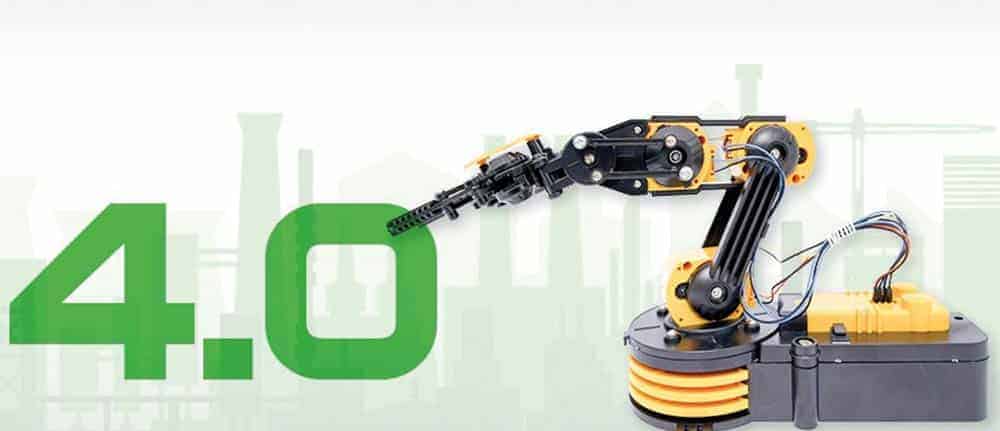Analyzing Machine Data Drives Optimization


Machines on the shopfloor level provide product data (quantity, yields, scraps, lead time, headway) as well as process data (durability, uptime, production time, setup time, planned and unplanned downtime). Process data allow companies to evaluate efficiency losses concerning availability, throughput, and quality, which in turn are used to calculate Overall Equipment Effectiveness (OEE) based on standards like SEMI-E10 (Specification for Definition and Measurement of Equipment Reliability, Availability, and Maintainability) and SEMI-E79 (Specification for Definition and Measurement of Equipment Productivity).
Leverage optimization potential
Only if all available machine data can be collected digitally and analyzed in real time can transparency be created – transparency which is crucial for optimizing manufacturing processes and improve machine productivity. I would even go as far as to say that this is a business-critical factor. To leverage optimization potential on the shopfloor level, operating a highly performant and scalable self-service analytics platform is essential. The solution should have different selection criteria, drill-down functionalities, and allow for the analysis of live data which warns users of possible machine downtimes and indicates which tasks can still be handled.
It should go without saying that such a tool should comprehensively visualize machine data and KPIs like Overall Equipment Effectiveness (OEE) in dashboards as diagrams, graphs, or spreadsheets with set coloration. For example, the solution could display a waterfall chart which shows differently colored machine statuses based on SEMI-E10 standards and offers insights into optimization potential.
Ideally, this analytics platform furthermore would offer What-If analyses for simulations as well as functionalities for predictive analytics, artificial intelligence (AI), and machine learning (ML). These functionalities enable companies to harmonize maintenance intervals and production times, establish predictive maintenance processes, or prolong the lifecycle of a machine without any repercussions concerning production quality or productivity. Integrated planning functions which simplify and optimize production planning would be an additional advantage of this ideal platform.
The SAP Analytics Cloud (SAC) already fulfills all the requirements that we have laid out. Two of the biggest advantages of this SaaS (Software as a Service) solution are its scalability—which is important for many different use cases, including big data—as well as its accessibility, meaning users can access data or analyses anywhere, anytime, whether they use a desktop PC, a mobile phone, or a tablet. SAC can also be integrated in numerous cloud and on-premises solutions as well as in SAP and non-SAP systems, like the MES Valeris of WSW Software, meaning that all functionality is pooled in one central solution. Consequently, data, analyses and insights become more reliable and accurate.
Access to live data
The integration of source systems is established via data import connection—data are replicated in the cloud—or via a live data connection which is currently available for BW, BW/4, S/4, and the Hana database. The live data connection enables real-time access to production data from a MES (Manufacturing Execution System) or an ERP system (as single source of truth) which have been aggregated and harmonized in BW. Disruptions and malfunctions can therefore be immediately identified and tended to. However, the requirements for implementing or integrating SAP Analytics Cloud are complex. To tackle them efficiently, companies need an experienced partner with the necessary know-how regarding SAC as well as traditional shopfloor processes. Only then can a data-based optimization of production processes be truly successful.






